When it comes to gardening and growing greenery, does it always seem like the plants in a greenhouse seem to thrive more than plants outdoors? Do you wonder if there’s some secret magic that greenhouses possess that make these plants more lush, green and healthy compared to their outdoor counterparts?
It’s actually not magic but science. Greenhouses can create mini ecosystems that are ideal environments for nurturing plants and optimizing their growth. By carefully controlling the temperature, humidity and other factors, you can help your little seedlings grow and thrive before transplanting them into a planter or raised garden bed. A greenhouse can also be a relaxing place to indulge your gardening hobby and grow thriving plants all year long. We’ll break down what makes greenhouses amazing for growing plants and some tips to help you get started.
Reason #1 : Create a Controlled Environment
 Temperature Control
Temperature Control
Are you itching for the warmer weather of spring, but Mother Nature has other ideas? When paired with an electric space heater, a greenhouse can transform into a warm, cozy haven where you can enjoy some quiet time to yourself while you tend to your seedlings and plants. This warmer environment is ideal for growing and nurturing seedlings in early spring when the temperatures may still be too cool for fragile young plants. The warm environment of a greenhouse can give you a head start on your garden before the warmer spring planting season.
If you do use a space heater to control the temperature, make sure that it is in an open area and not obstructed by the side panels or cover of the greenhouse. You must also never leave the space heater running unattended in your greenhouse, as it could overheat or cause a fire.
 Control the Humidity
Control the Humidity
There are some plants that will thrive in an environment with higher levels of humidity (succulents . . . not so much). For greater growing success in your greenhouse, look for plants that have similar temperature and humidity preferences. This can ensure greater success and simplify the regular maintenance and work needed to maintain optimal humidity in your greenhouse.
Too little or too much humidity can be detrimental to the growth of plants and can even cause harm. How can you find the right balance? You can invest in tools and instruments that can display the humidity of your greenhouse so you can easily monitor and adjust as needed. According to an article by Bonnie L. Grant, a certified urban agriculturalist, a simple trick to prevent excess humidity is to avoid having standing water, such as puddles, water in trays or saucers, in the greenhouse. Having adequate ventilation and spacing plants can also help to minimize excess humidity. To learn more about the importance of humidity for plants and to troubleshoot common humidity-related symptoms, check out this article from The Sill.
 Control the Amount of Sunlight
Control the Amount of Sunlight
An ideal location for your greenhouse will have just the right balance of sun and shade. You’ll want to determine if you want to use your greenhouse year-round or just in the spring and summer. According to UK-based seed and plant company Thompson & Morgan, having the ridge of the roof running east to west will help maximize light during the darker months of the year. If you are just planning to use the greenhouse in the warmer months of spring and summer, set up the greenhouse so that the ridge of the roof runs from north to south so that both sides will receive an equal amount of light.
Another tip is to avoid placing your greenhouse near any trees. Trees can create substantial shade that will reduce the amount of sunshine that will reach your plants in the greenhouse. Another concern with placing a greenhouse near trees is the potential for damage if branches break off overhead during high winds or bad weather.
Reason #2 : Provides Protection
 Shelter Plants from Animals
Shelter Plants from Animals
Having plants out in the open makes them vulnerable to a variety of animals. From small insects like aphids, to more furry creatures like deer or rabbits, outdoor plants can fall victim to any of these varmints. Their once green and lush leaves can be reduced to scraggly and half-eaten appendages after these intruders have had their free meal.
Placing your plants in a greenhouse, especially one that has a secured entrance, can ensure that these unwanted visitors won’t have access to your plants. While you may still have to remain vigilant when it comes to insects, due to their smaller size, having your plants in a greenhouse will make it easier to control access to them.
 Help Prevent the Spread of Plant Diseases
Help Prevent the Spread of Plant Diseases
The physical barrier of the greenhouse not only keeps visible pests like insects, deer and rabbits from harming your plants, but it can also protect against smaller threats. Plant diseases caused by tiny spores that can be carried through the wind will be less likely to reach your plants in the safety of a greenhouse.
Reason #3 : Higher Carbon Dioxide Levels

To have a better understanding of why plants thrive in a greenhouse, we’ll have to go back to science class. Photosynthesis is a process used by plants to convert energy from sunlight into chemical energy. The sunlight that comes through the greenhouse, carbon dioxide and the water that you provide your plants help create carbohydrates that the plant will either store or use. Through respiration, plants will release half of the carbon dioxide it captures during photosynthesis, and will also release oxygen as a byproduct of this process.
When there is more carbon dioxide the stomata, which are special pores on the surface of plant leaves, can close slightly, allowing the plants to absorb the same amount of carbon dioxide, but lose less water. This can result in water savings for plants.
Having more concentrated carbon dioxide within a greenhouse can also provide other benefits for plants. The plants will grow larger leaves and stronger plant stems, and perhaps produce flowers and fruits earlier. Placing fans to encourage air movement throughout the greenhouse can help with carbon dioxide levels, especially when paired with proper ventilation. If the greenhouse is closed off to outside air circulation, this can lower the indoor carbon dioxide levels. Without proper air circulation from outside the greenhouse, the plants will use carbon dioxide quickly while transferring oxygen to the air in exchange.
A greenhouse is beneficial for optimizing the growth of your plants, especially when you also put in the time and effort to carefully plan, create and maintain a favorable environment to encourage plant growth. Want to continue to maximize your plants’ growth? In addition to using a greenhouse and following the tips above, consider your planting methods, such as using grow bags or carefully utilizing the space in your greenhouse.
Do you have any favorite plants that you enjoy growing in a greenhouse or tips that have helped your greenery thrive in this environment? We would love to hear about it! Share in the comments below.

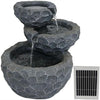
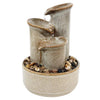

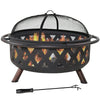
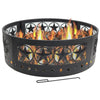

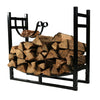
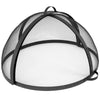
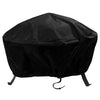

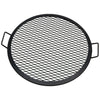






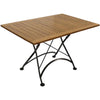

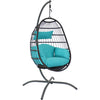


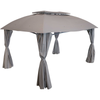

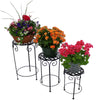
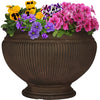
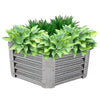
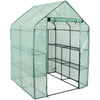
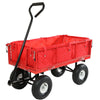
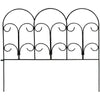
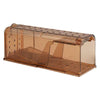







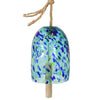



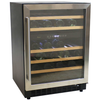

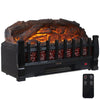






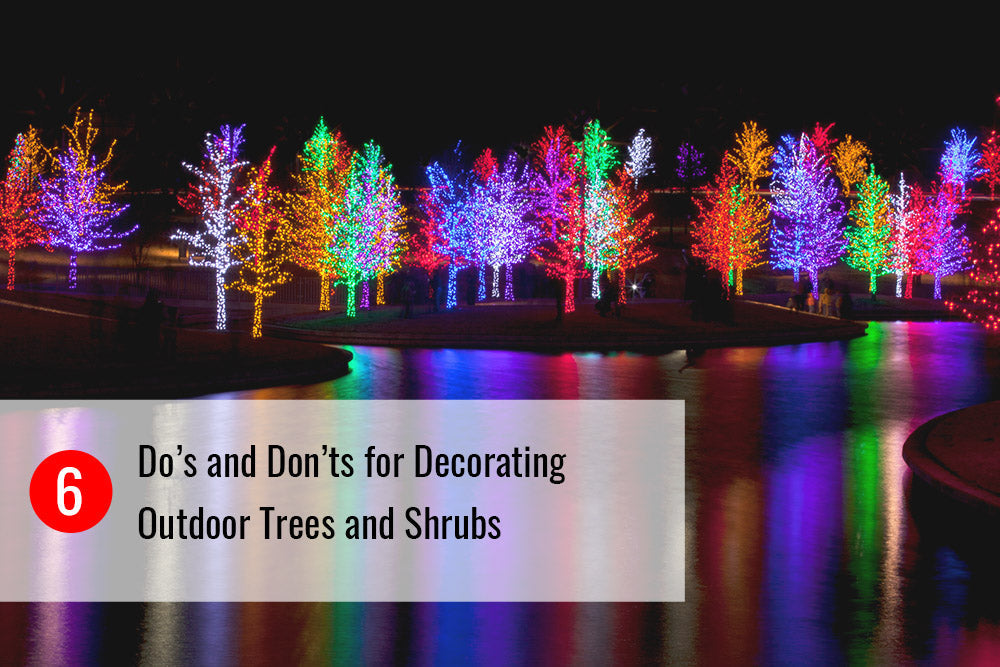








2 comments
Taylor Abrams
I agree with what you pointed out about how plants can benefit from highly concentrated carbon dioxide within a greenhouse. You also mentioned that the plants might maybe develop flowers and fruits earlier, as well as bigger leaves and stronger plant stems. I’ll remember this as I’ve been interested in gardening for a while. I may even purchase a greenhouse window film. https://ubigro.com/
Olivia Smart
Thank you for explaining how humidity is critical to the growth of your plants. My sister has been wondering what she can do to improve the growth of her plants in her greenhouse. I’ll be sure to share this with her so she can look into what she can do to help the humidity there. http://theotekgroup.com/applications/greenhouse-nursery-farms/